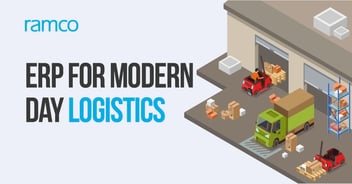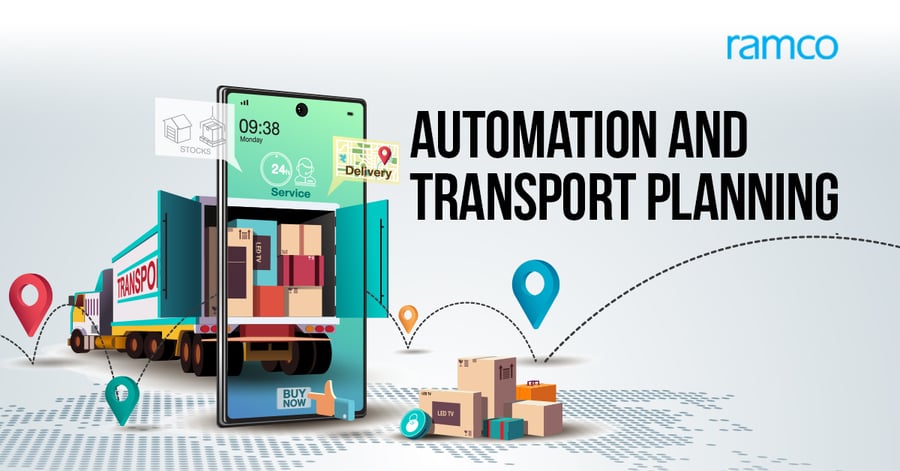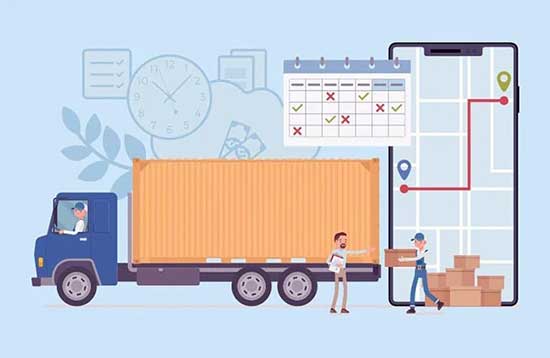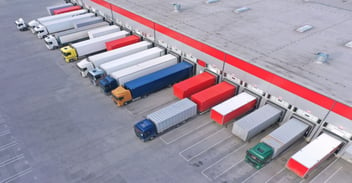

Transportation Planning is one of the key functions in a Supply Chain system, which goes on to define the operational efficiency and optimal utilization of resources. The Planner's experience drives the effectiveness of manual planning. In the case of system-based planning, the effectiveness of planning is driven by the Rules Setup, Transportation Network (Routes & Hubs) & the Resource Profiles.
In the day-to-day life of a planner, every morning starts with a list of orders to be planned for the day, prioritization of the orders, availability check of the resources, procurement of market resources, and delivery schedule. These action items consume the planner's critical time at the start of the day. An efficient Transportation Management System (TMS) should handle all of the above and more on its own without the interference of the planner.
Broadly all the transportation planning can be categorized into two:
- Common Fleet used across all the customers
- Dedicated Fleet used for a customer
In the case of Common Fleet planning, the TMS system should consider multiple parameters for planning. Some of the common items in that list include:
- Pickup or delivery time provided in the order, and if time is not provided, operating hours of the pickup or delivery location
- Compatibility of the goods transported together
- Priority of delivery provided in the order
- Vehicle type & capacity for Dangerous Goods (DG)
- Availability & compatibility of vehicles and driver’s compliance
- Route planning
- Vehicle utilization
To automate the above planning, various rules and parameters need to be set up for the system to choose the orders and resources, and plan on its own as per the rules. Automation gives the flexibility for the system to choose on its own, but at the same time with restraints to adhere to.
Automated planning for Common Fleet also provides the scope to constantly improve by changing the parameters, constraints, and rules set up for the planning. Every planning run gives key output parameters like volume utilization, weight utilization, pallet space utilization, calculated revenue, expected cost, etc. With these measurements, the input settings for auto planning can be skewed for every run to attain the desired result.
For Dedicated Fleet planning, the rules are not much, and no optimized planning is required as the vehicle type required, pickup time, delivery time, the number of trips for the day are planned and fixed for the customer. So, there is no complex planning involved. The TMS system that can handle planning for Common Fleets with all the constraints should also have the flexibility to handle the planning for a dedicated customer fleet. The planner can define resource selection for both the planning based on the lowest cost, best rating, proximity, utilization, and more.
Some key benefits that a logistic service provider (LSP) can realize with automated planning include:
- Saving planners time spent on complex transactions
- Improved delivery time
- Optimized usage of resources
- Elevated Customer Service
- Scalability to handle increased volumes
- Elimination of errors in planning
- Reduced operating costs
Ramco Logistics platform underpins an intelligent transportation planning supported by our In-Memory Processing engine that can assimilate more than 400+ planning parameters to ensure large volumes of orders are planned in a matter of minutes. Some of our customers have seen a great reduction in planning time taken and increased resource optimization that improves their overall operational efficiency.


